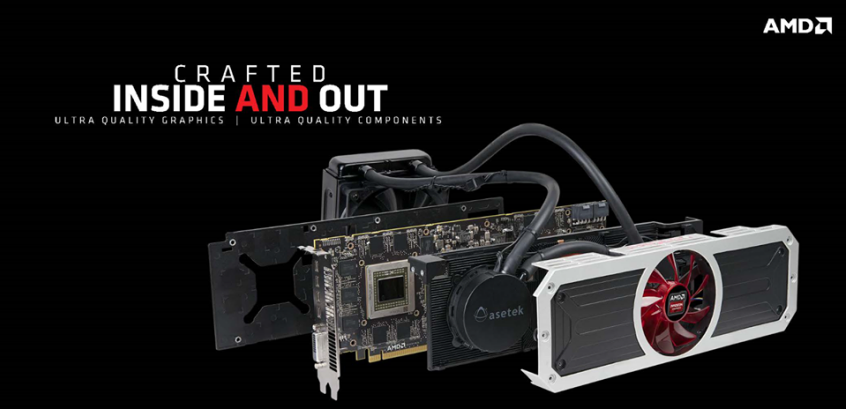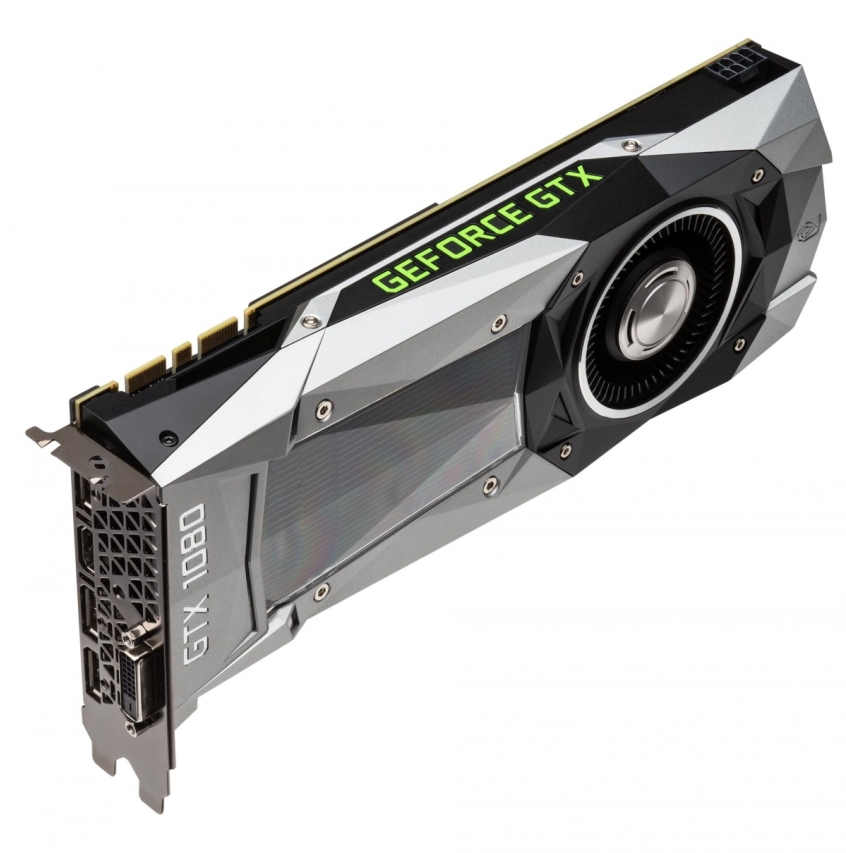
There are only two players in the graphic processing unit (GPU) in the PC world, AMD and NVIDIA. Both are promising enhanced gaming and immersive virtual reality experiences.
AMD Polaris
Fudzilla has reported that AMD is preparing to unveil two GPUs, possibly during the Computex event, which is set to happen from May 31 to June 4. It is said that the cards are called internally as Polaris 10 and Polaris 11.
The Polaris 10 is positioned to replace its very own Radeon 390 cards and could have a US$300 launch price. The company is positioning the card to take on the low power and power per watt sector, where NVIDIA doesn't have a grip on the market.
Meanwhile, the Polaris 11 will be more of the performance per watt video card, where it will directly compete with the GeForce GTX 950.
The report also mentioned that the company knows that it will be a tough battle with the latest NVIDIA Pascal-based GPU, the GeForce GTX 1080 and GTX 1070.
According to AMD Corporate Vice President of Alliances, Content & VR Roy Taylor, Polaris will be targeting mainstream users as well as those who want to create their own VR-ready machines, ArsTechnica reported.
Taylor stated, "The reason Polaris is a big deal, is because I believe we will be able to grow that TAM [total addressable market] significantly. I don't think Nvidia is going to do anything to increase the TAM, because according to everything we've seen around Pascal, it's a high-end part. I don't know what the price is gonna be, but let's say it's as low as £500/$600 and as high as £800/$1000. That price range is not going to expand the TAM for VR. We're going on the record right now to say Polaris will expand the TAM. Full stop."
NVIDIA Pascal
NVIDIA has finally unveiled their latest video graphic cards, the Pascal architecture-based GeForce GTX 1080 and GTX 1070.
The GeForce GTX 1080 is the high-end model, which will have an OEM starting price of US$599. The company mentioned that the card will be available by May 27.
The GPU comes equipped with an 8GB GDDR5X memory with 256-bit bus, which can offer up to 320GB/s memory bandwidth. It also contains 2560 CUDA cores, a clock speed of 1,607 MHz, which can be boosted up to 1,733 MHz and an overclocking feature via the GPU Boost 3.0.
The company also said their latest GTX 1080 offers a 25 percent improvement against Titan X, and up to 65 percent against its predecessor, the GTX 980 model.
The GeForce GTX 1070 is the lower model and will be made available by June 10 for around US$379. Not much information has been released by the company with regards to the second GPU, except that it will be using the older generation of memory, the GDDR5.














